The Future of eLearning - 10 Trends To Be Aware Of
ViewSonic Education
JANUARY 24, 2019
For those who don’t know what it is, eLearning refers to learning that utilizes electronic means to create a more dynamic and instructive learning environment. Adaptive Learning. Social Learning. If that’s the case, take solace in knowing that, in many schools, those factors are in the past.


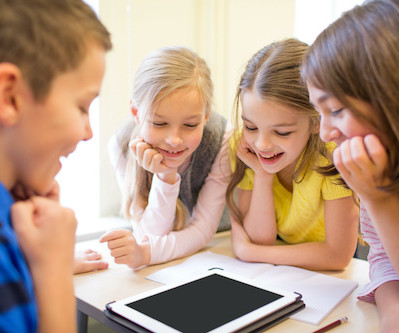








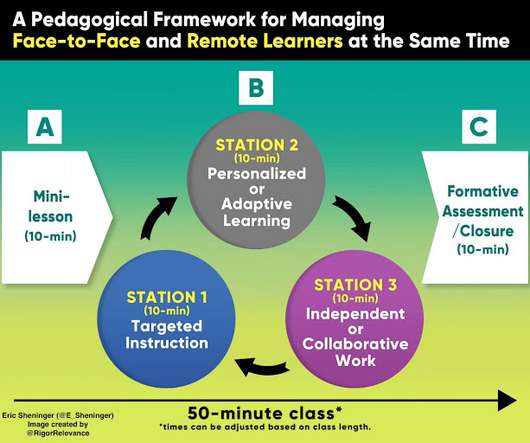
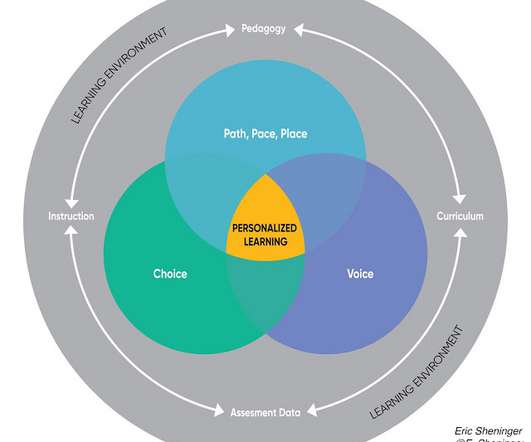


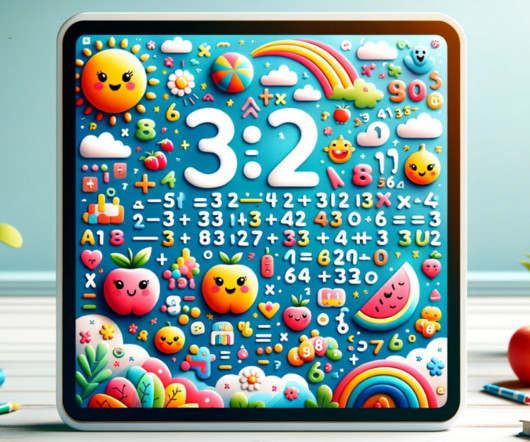




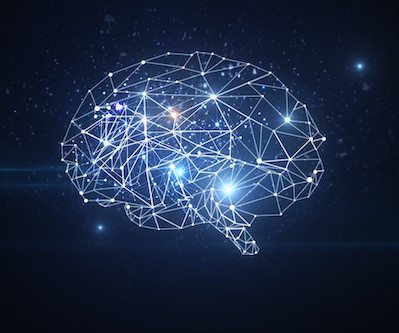












Let's personalize your content